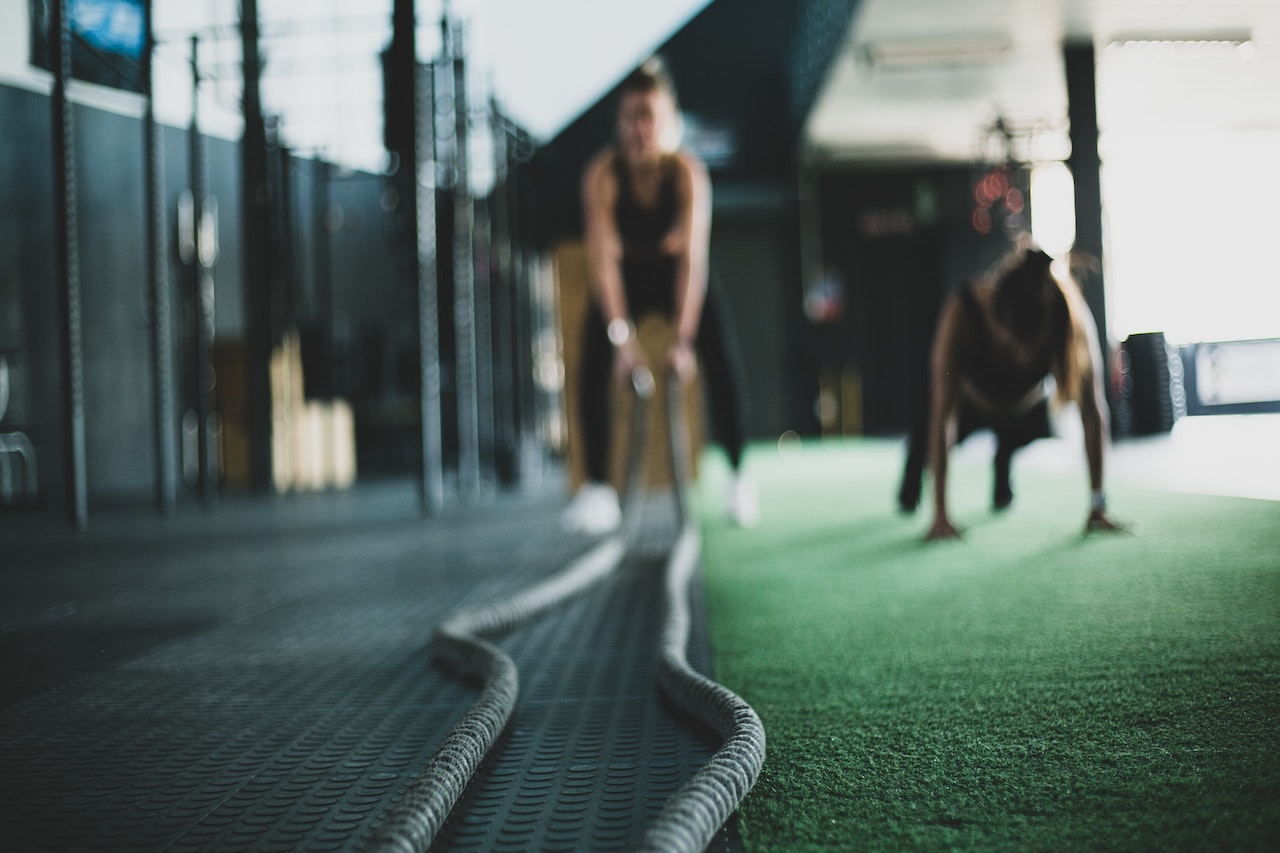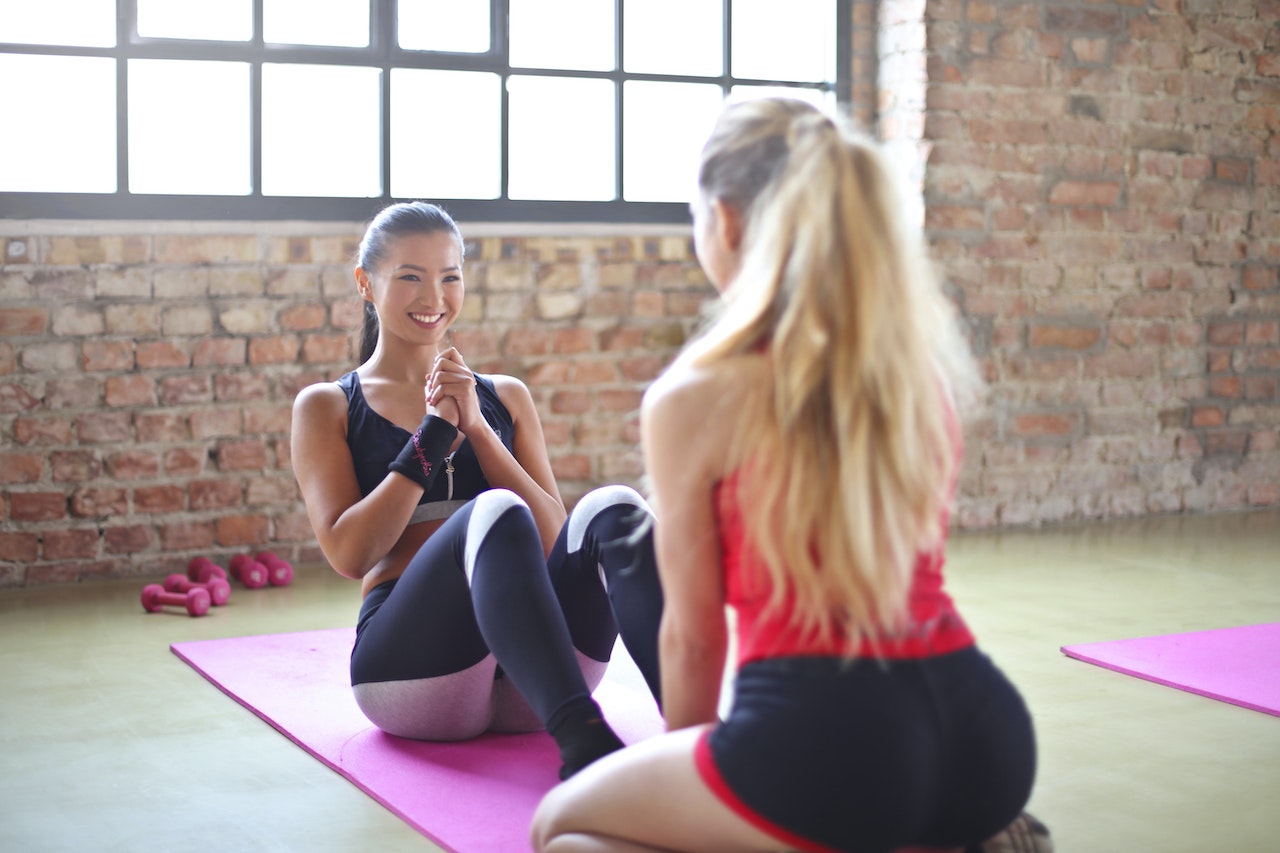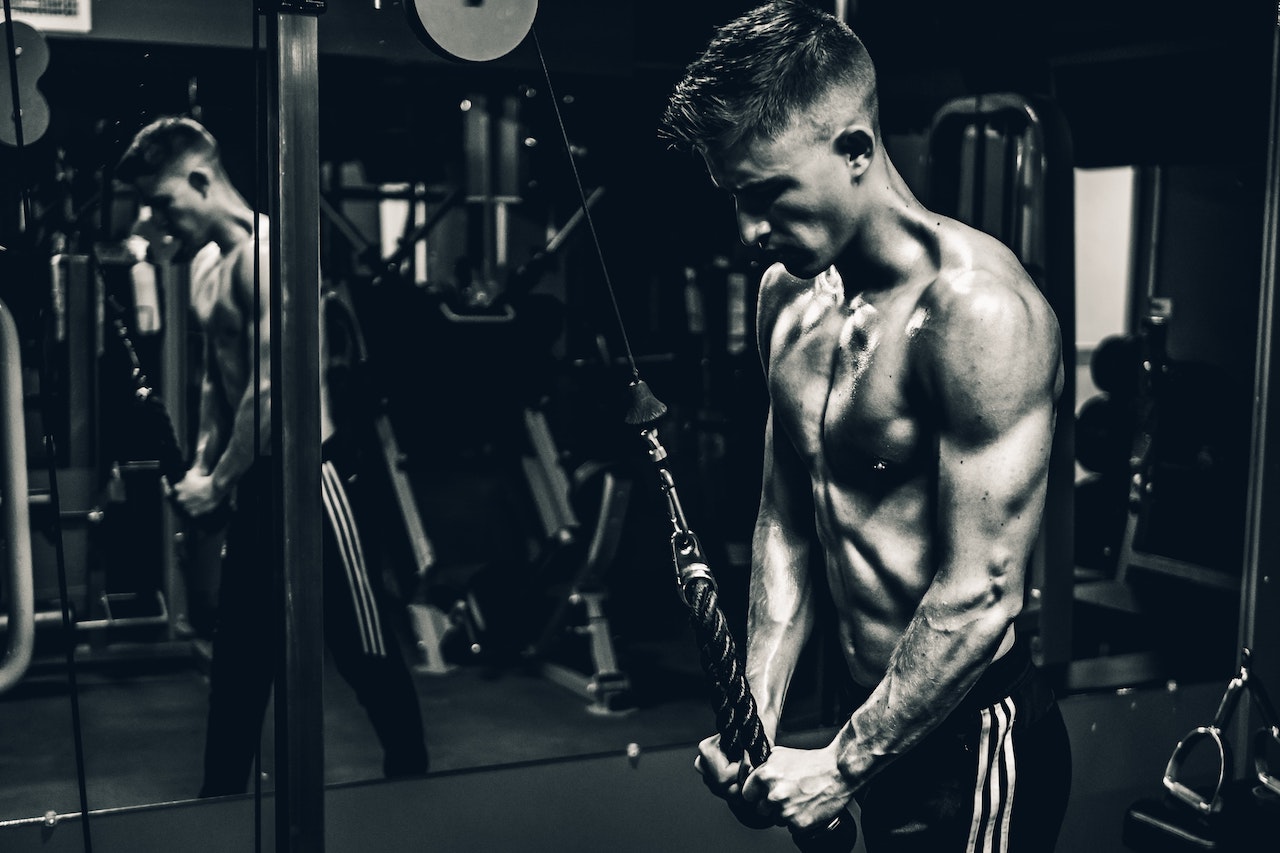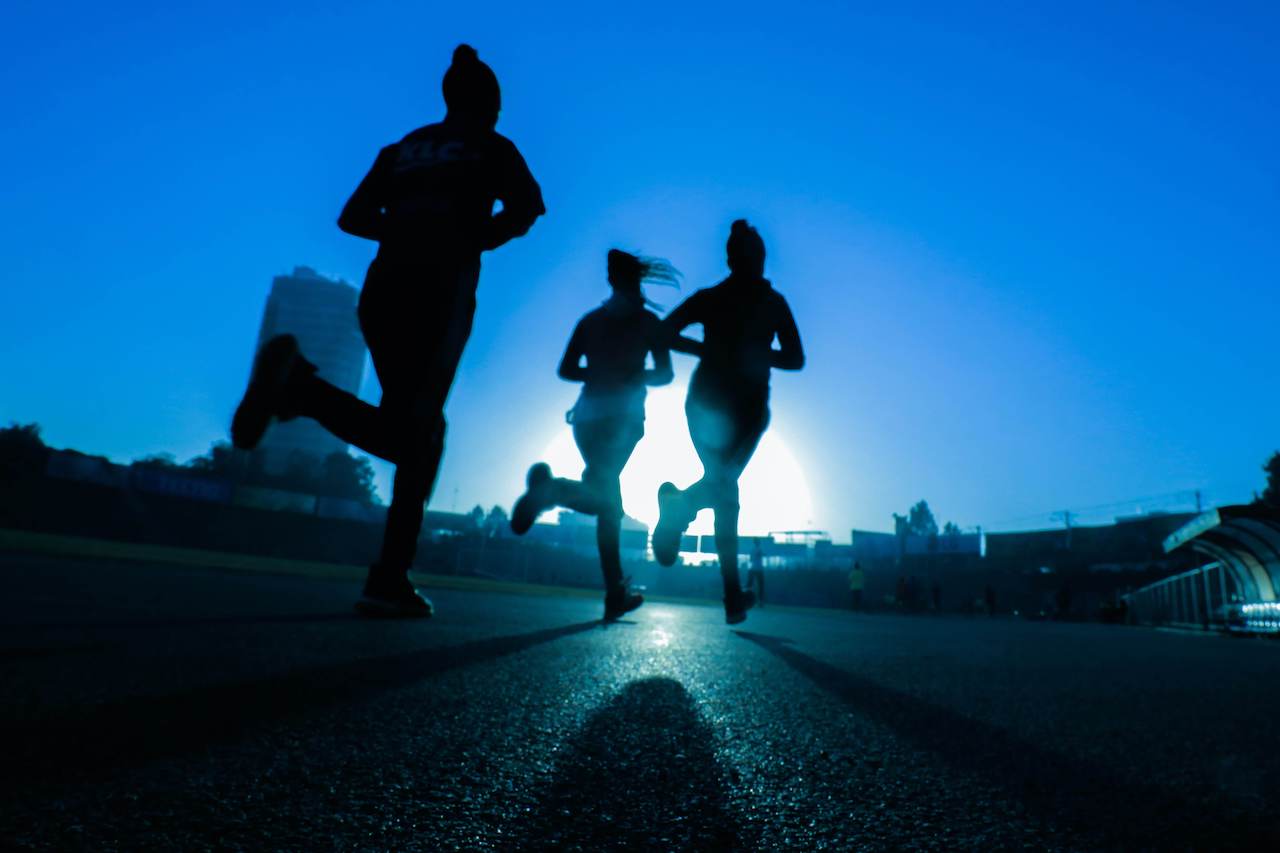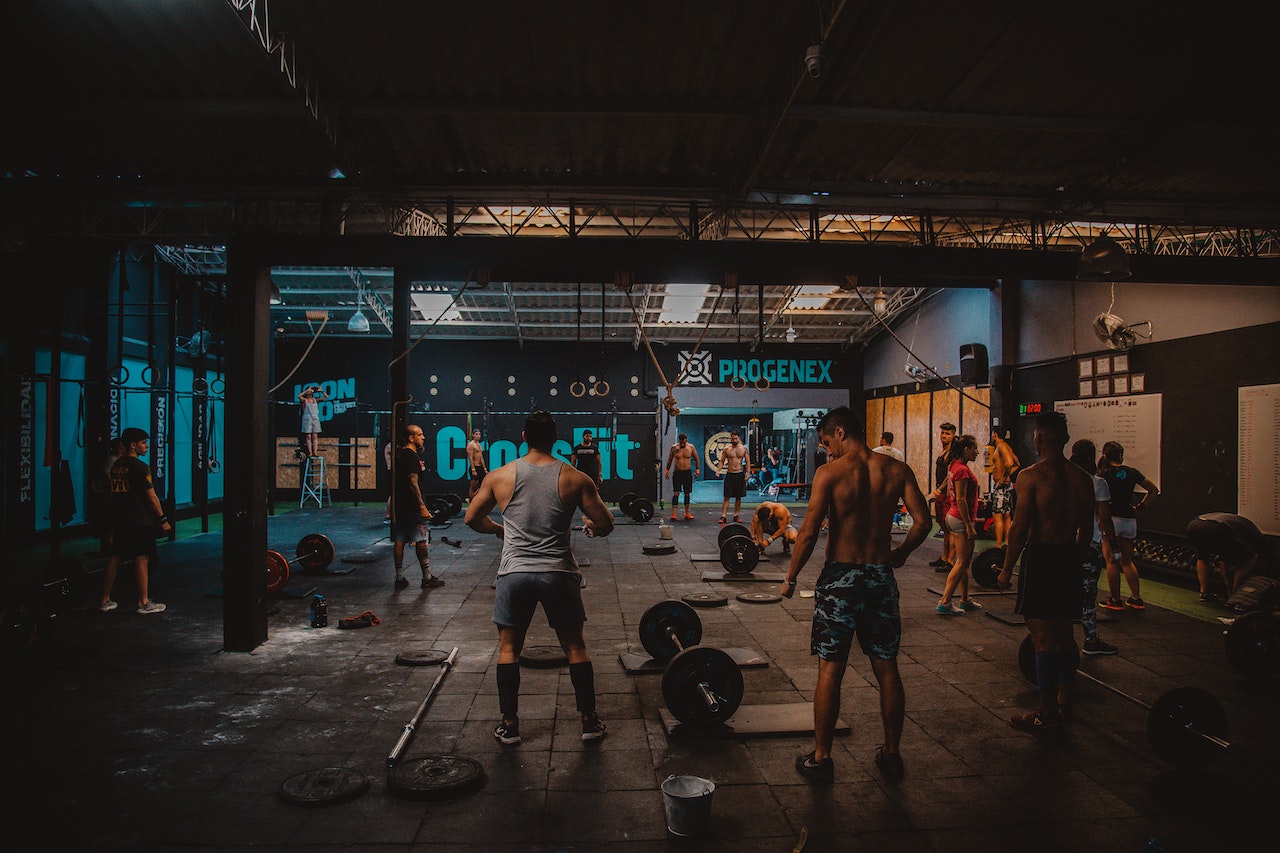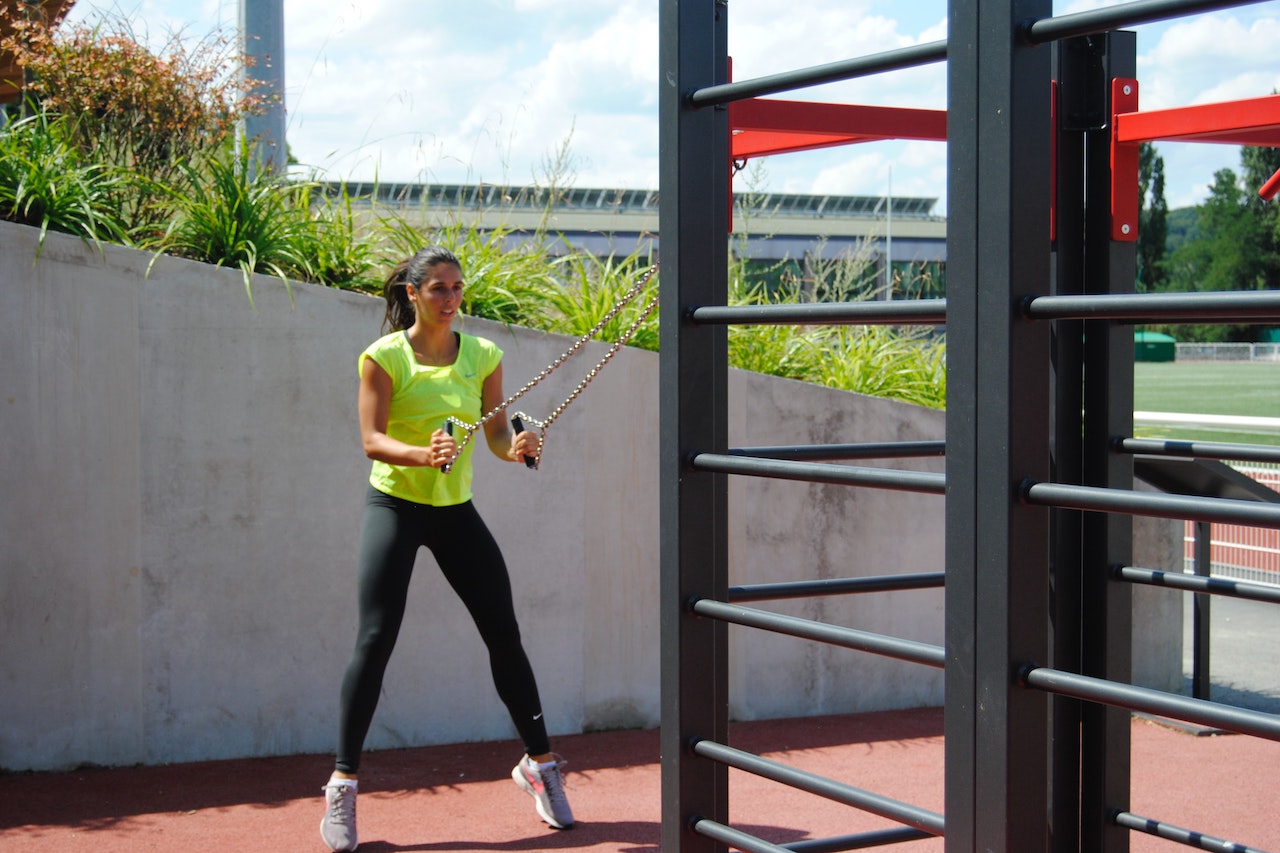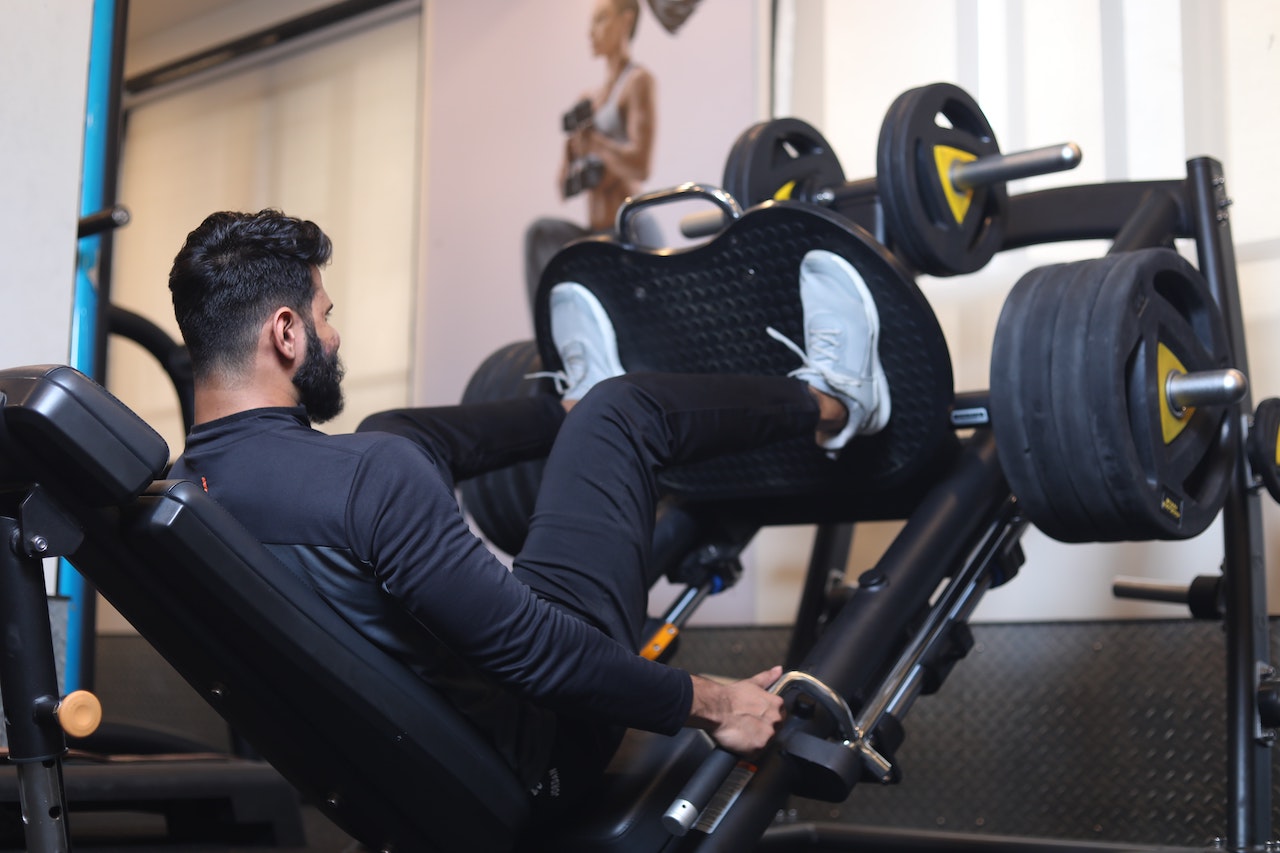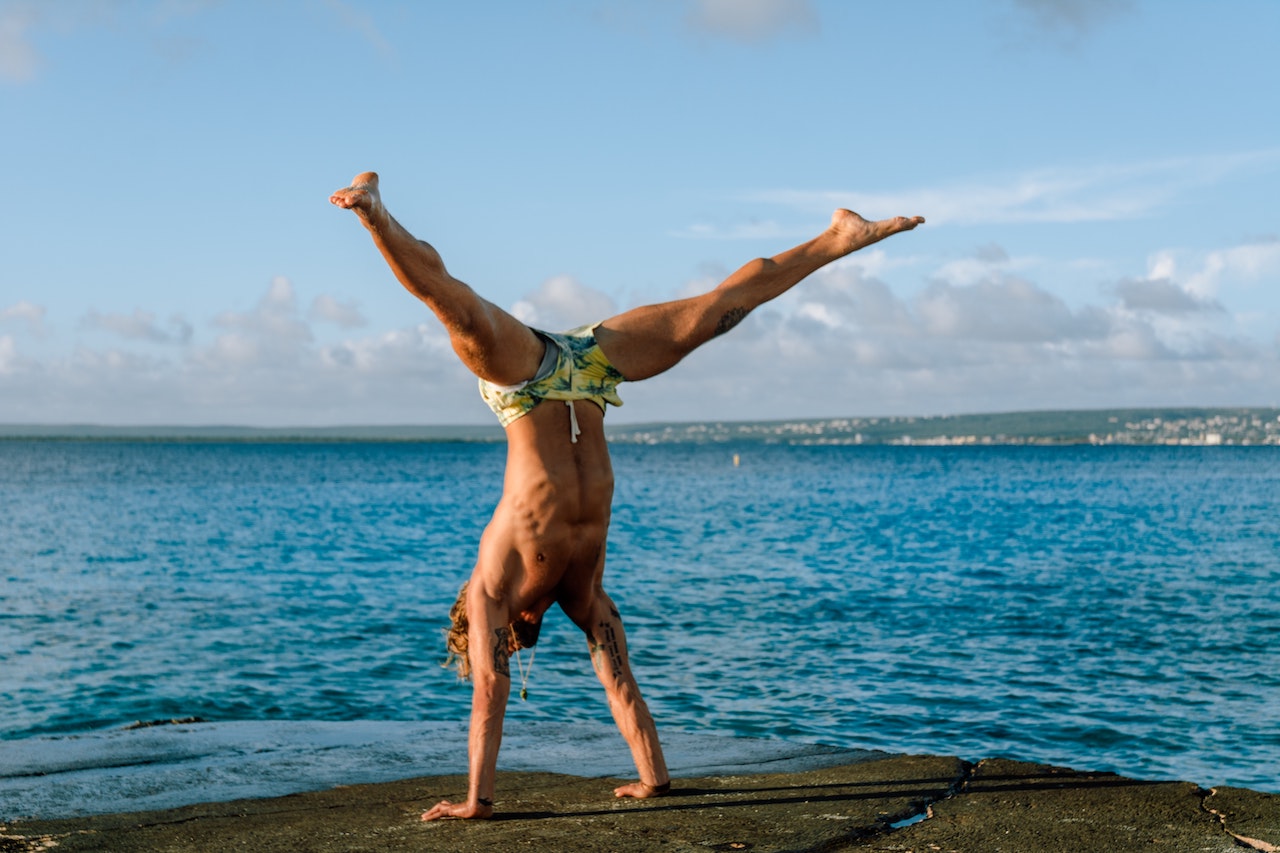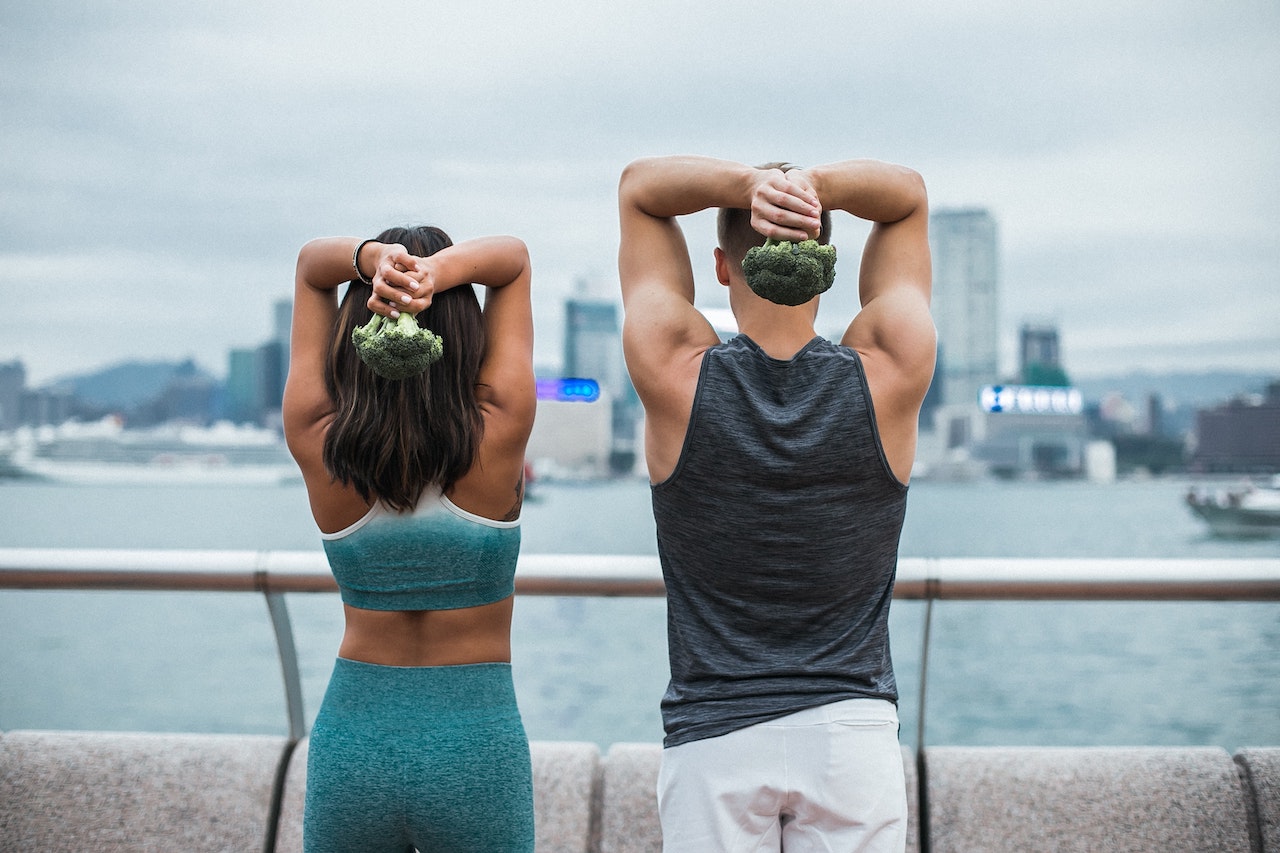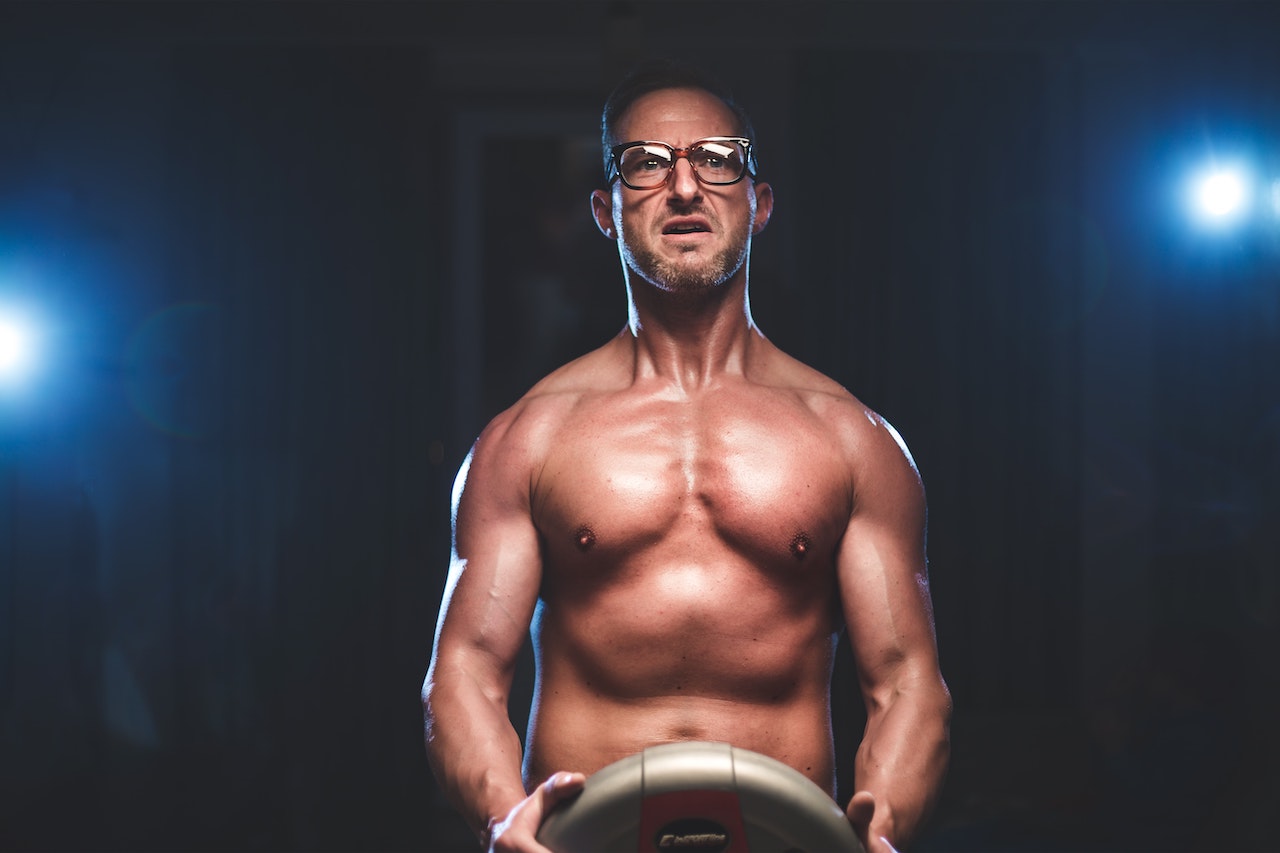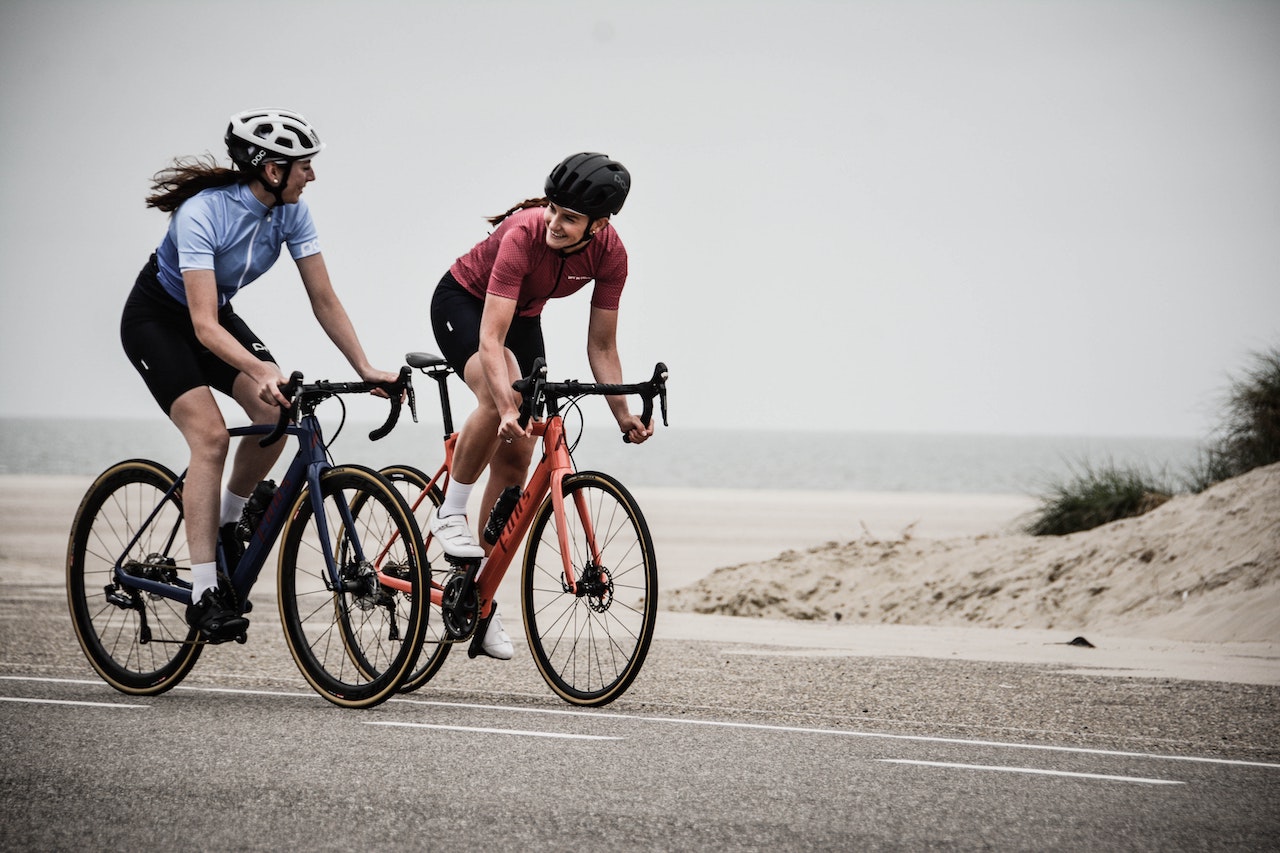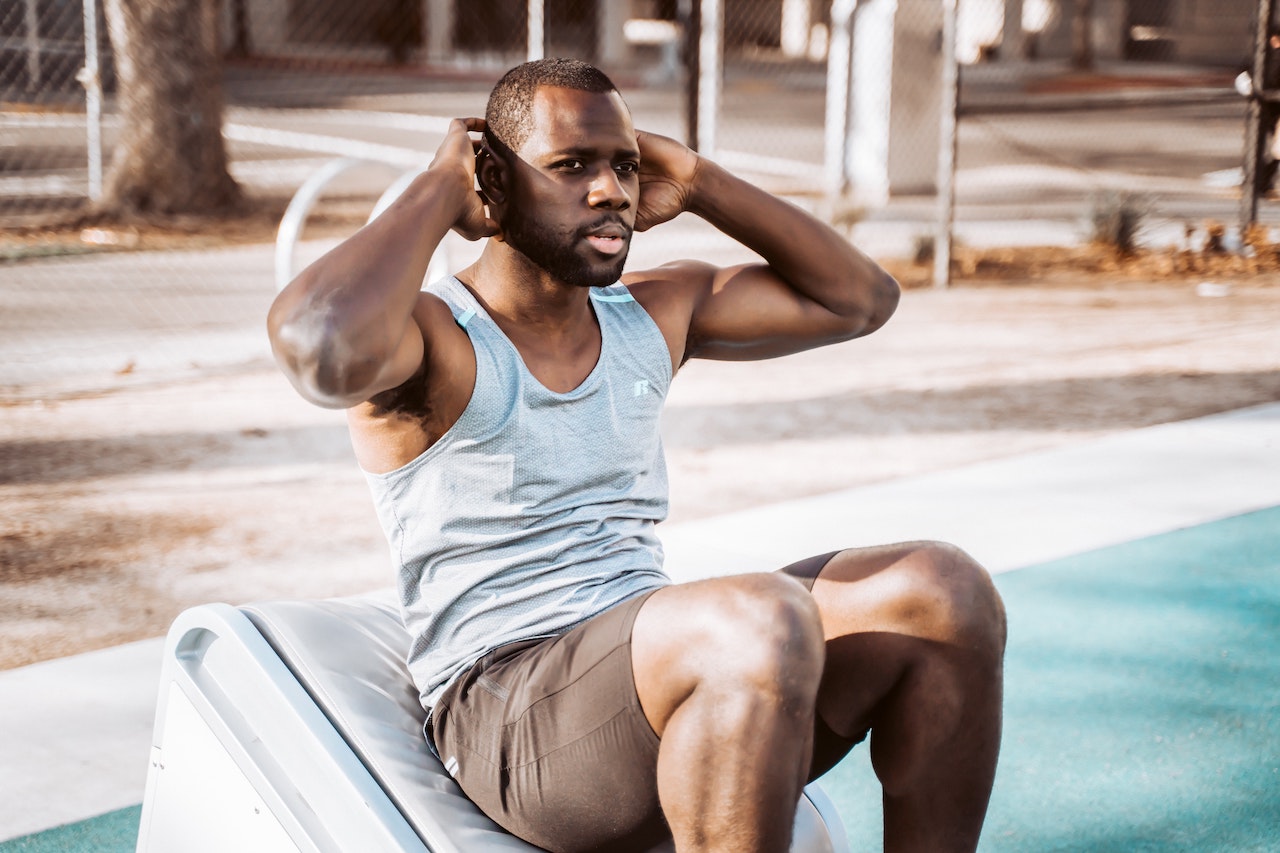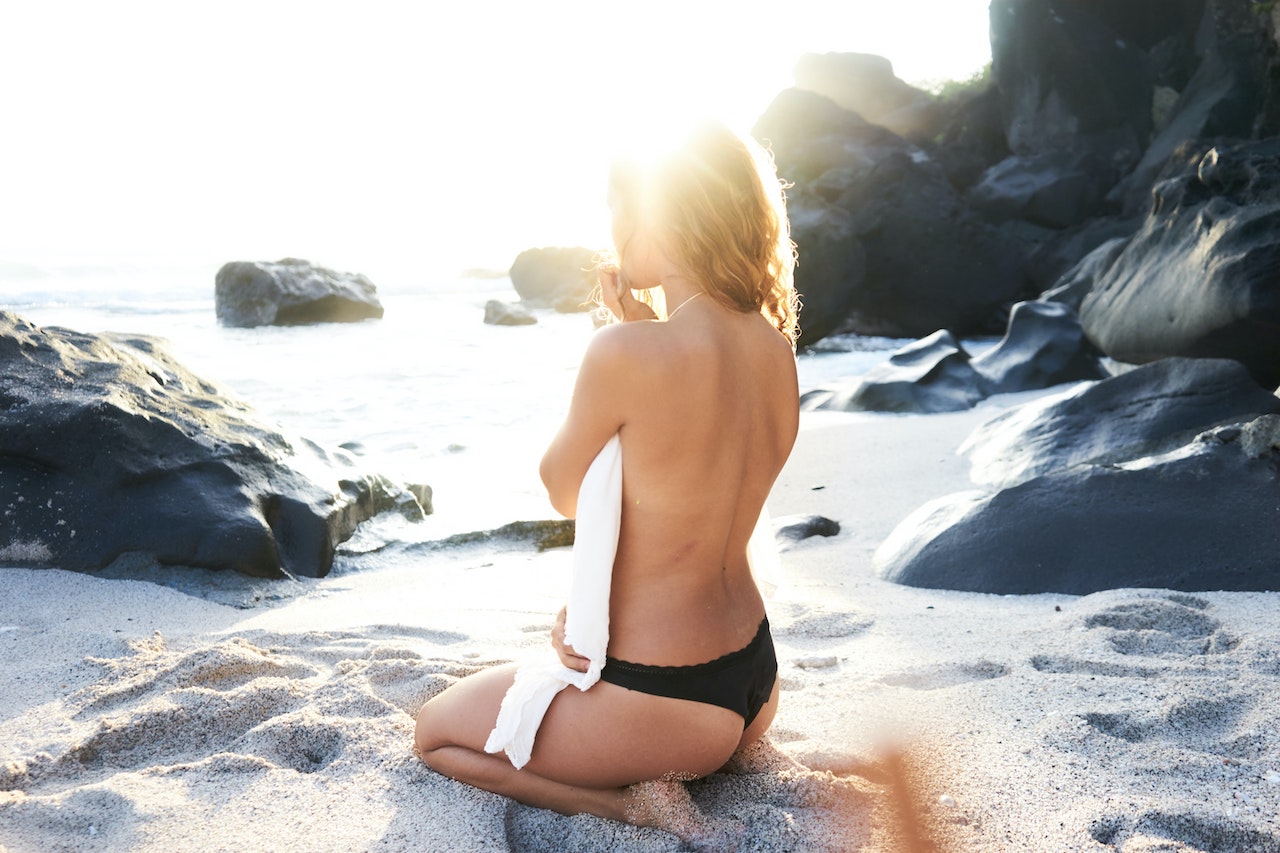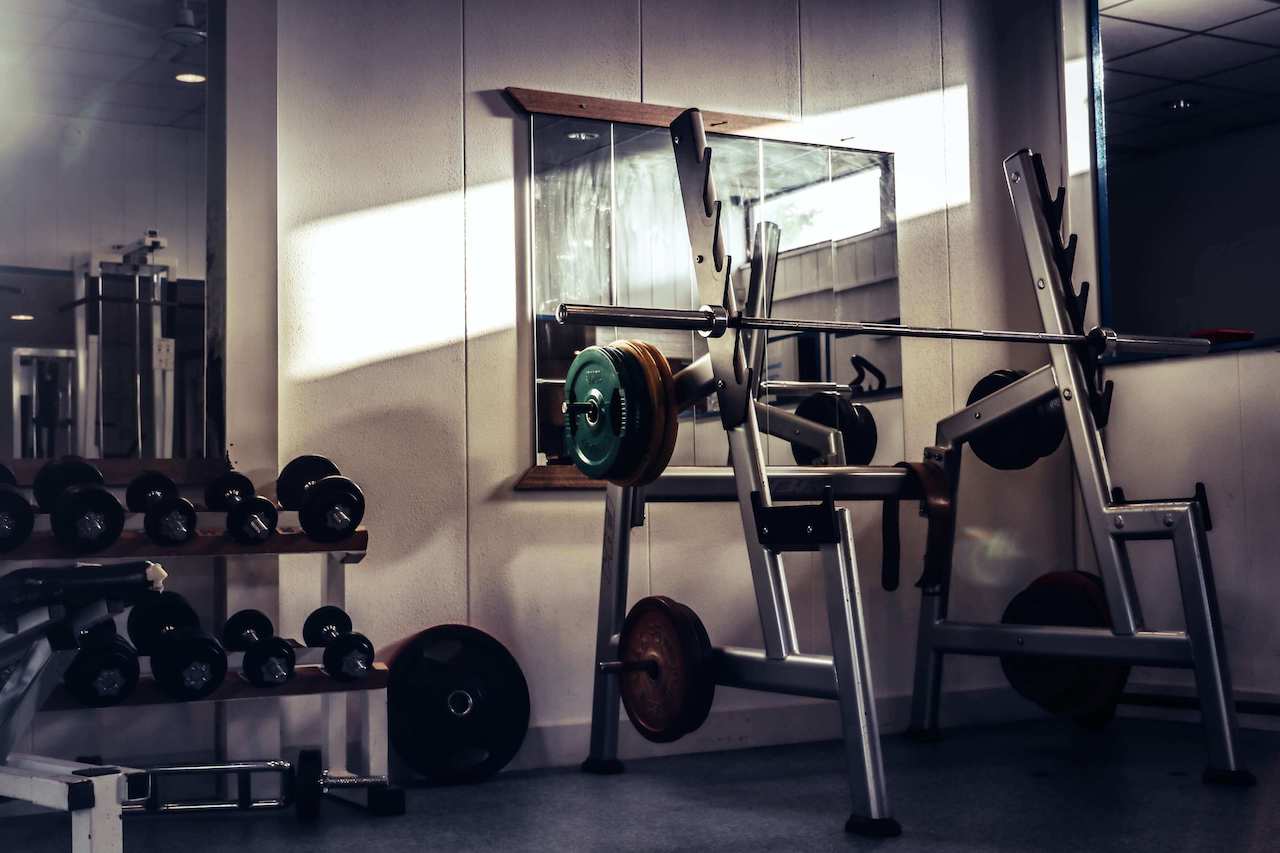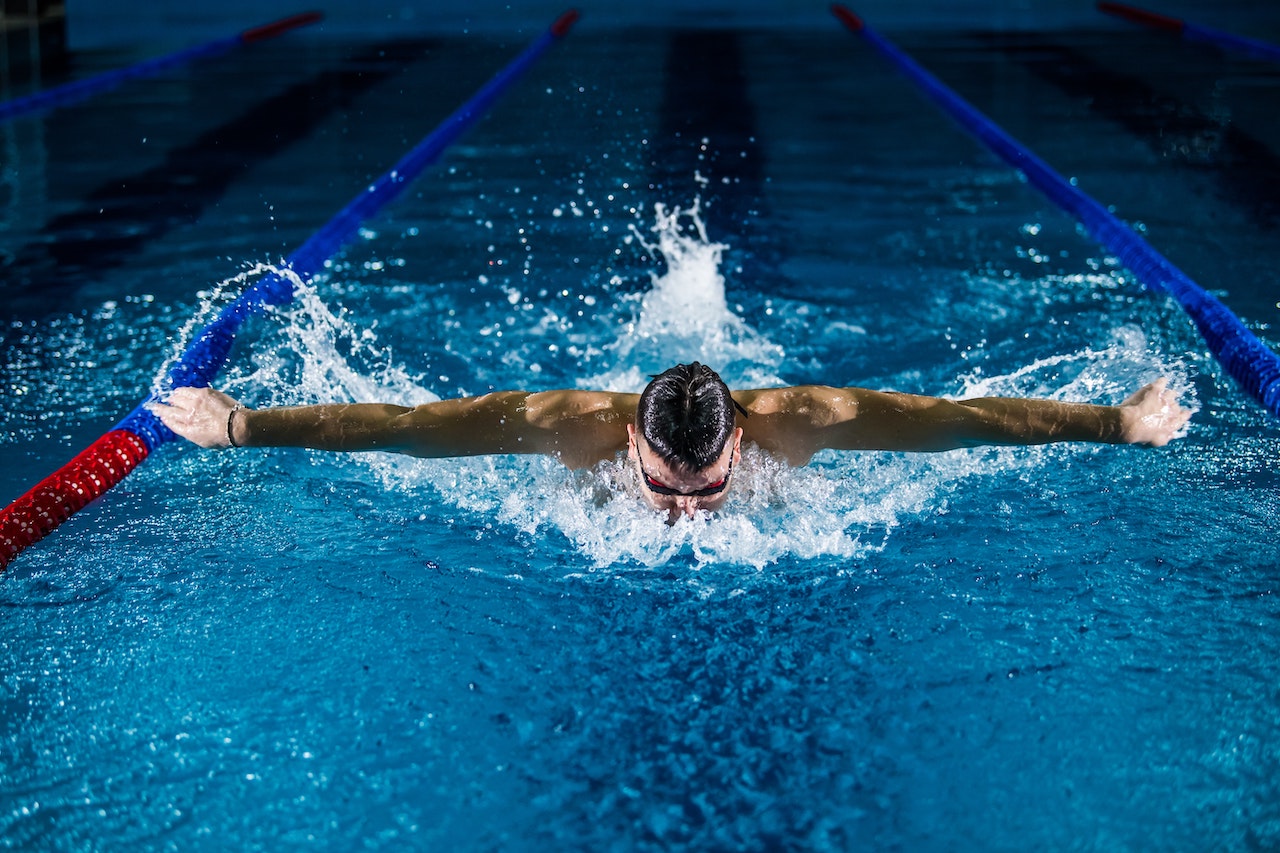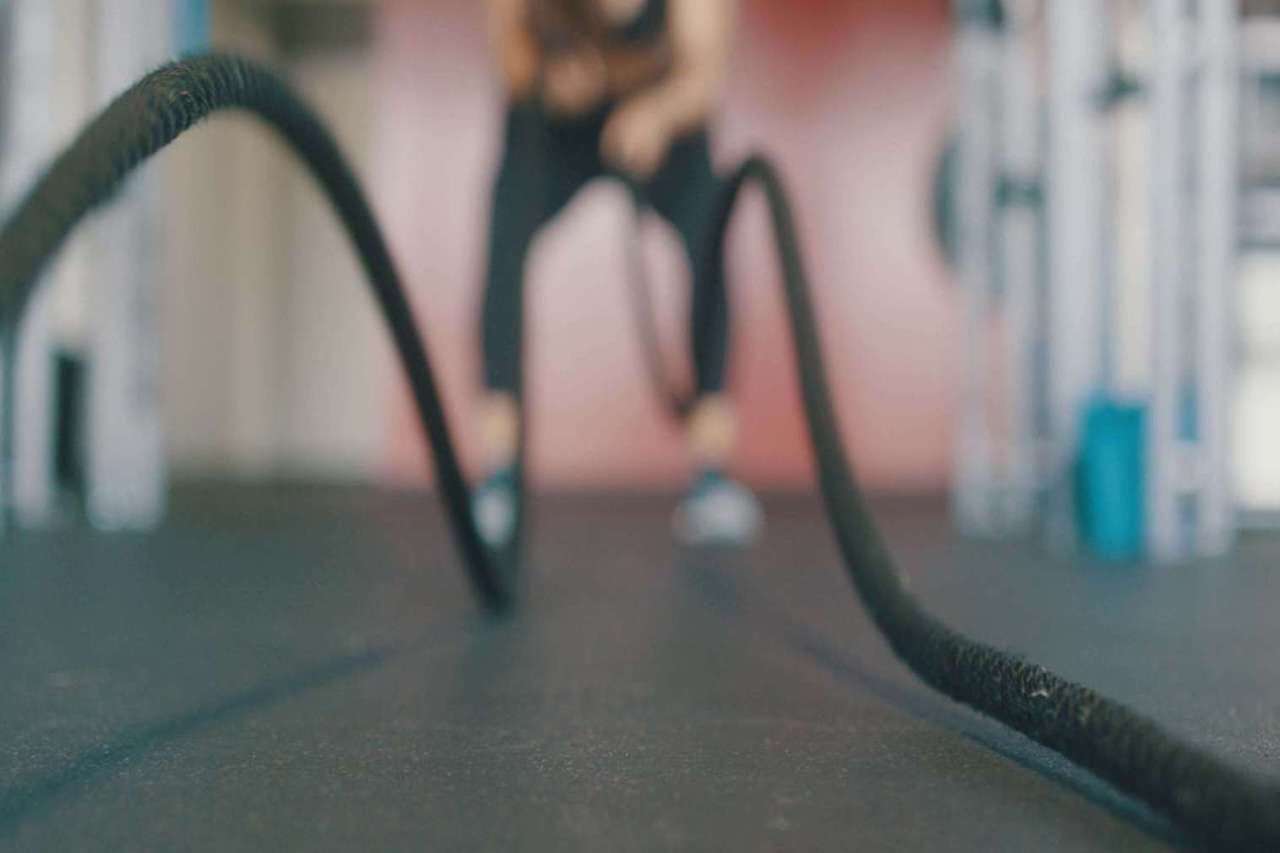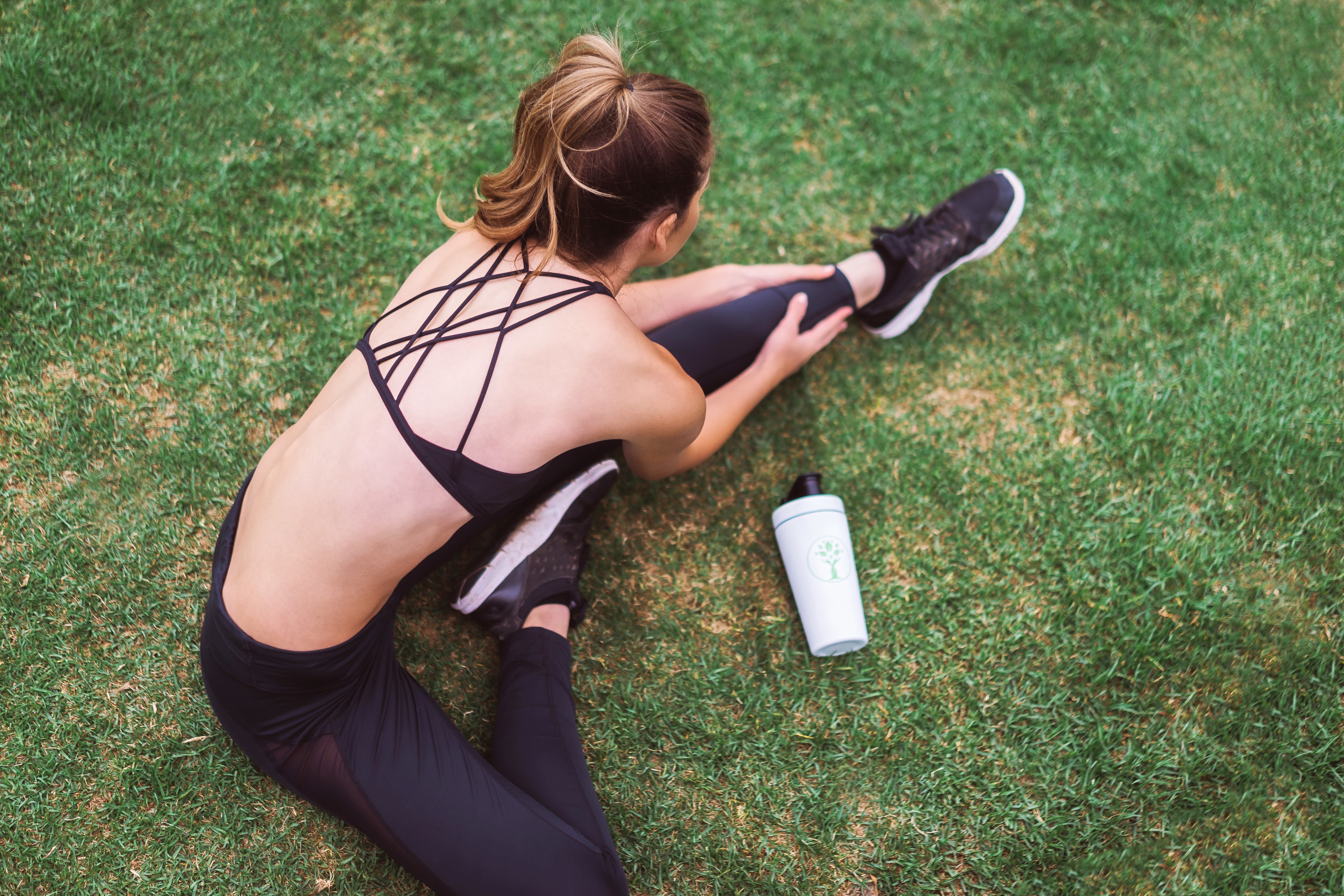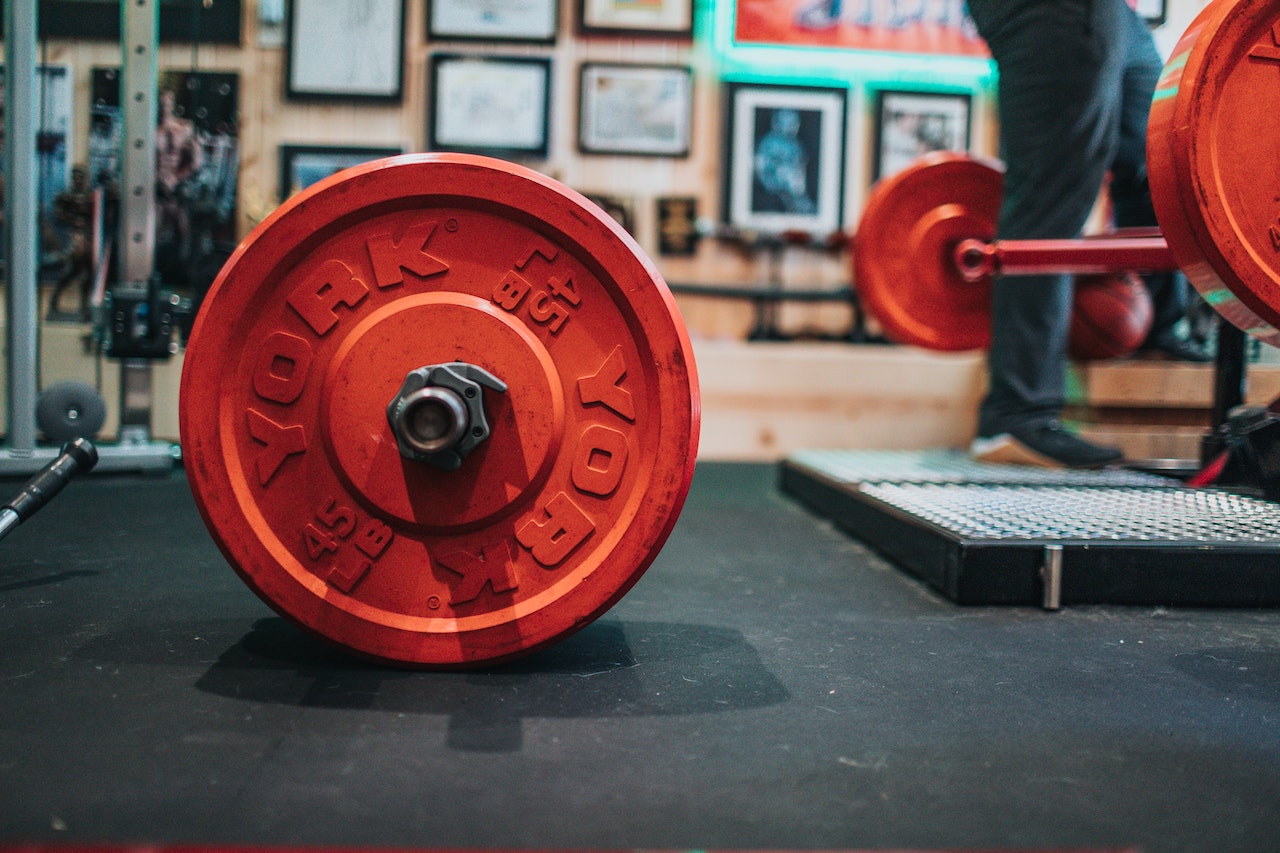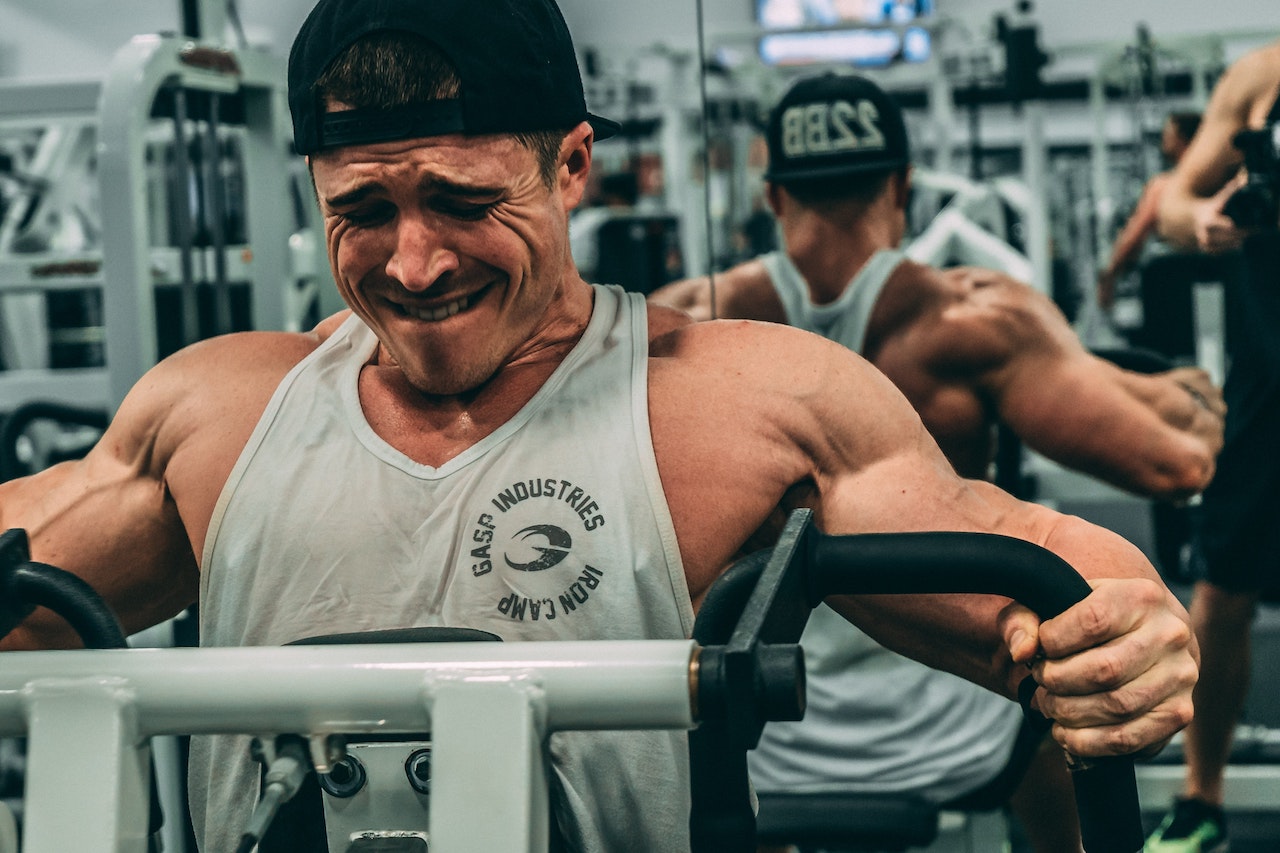Yoga aids can make the posture more relaxed. Of course, in addition to using aids to simplify the pose. It can also make the poses more difficult or even make them more interesting.

Aids are a wonderful tool to enhance your yoga practice, whether you are a beginner or an experienced practitioner.
Some practitioners may resist using aids, but in fact, aids can dramatically change your experience of the postures, can make the practice easier or more challenging, and can help you learn about your body.
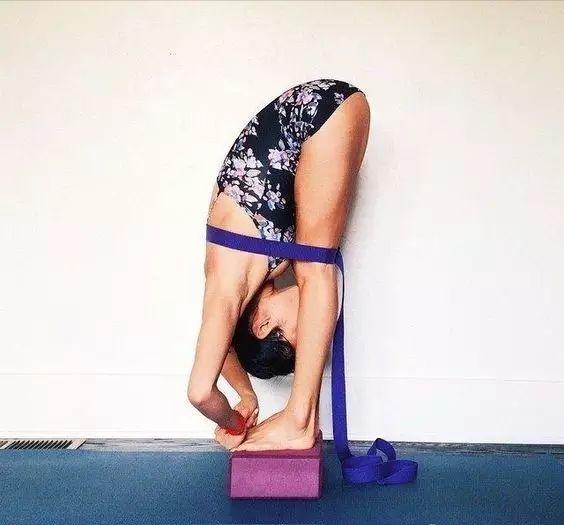
Don't think of the use of assistive devices as a lesser modification, think of them as a variation to help you with your practice.
Here are some common aids used in practice, take a look
Yoga blocks
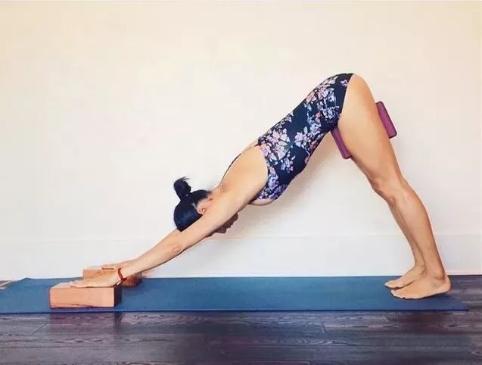
Common uses: To "Lengthen" Your arms or legs to bring the floor closer or further away from you; to squeeze or push in to activate specific muscles; to support body parts for added comfort; to make balancing your arms and inversions easier.
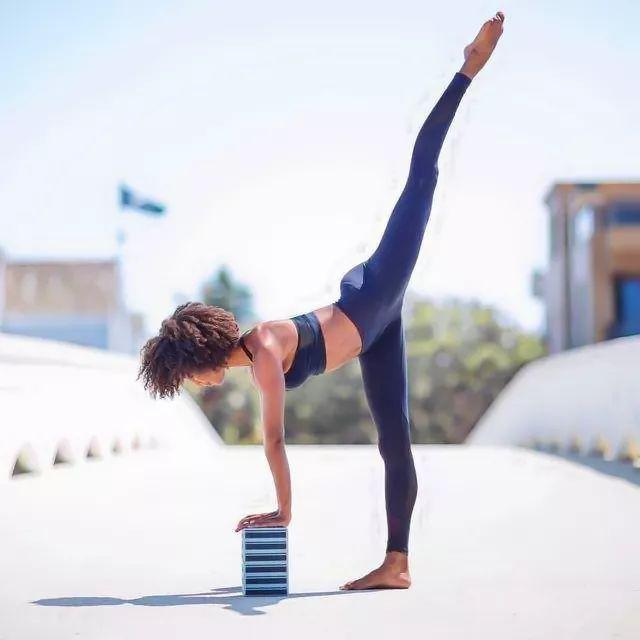
The thickness of yoga blocks (ranging from 5 to 10 cm) can be varied. Foam bricks are lighter and cheaper, wood bricks are more environmentally friendly and heavier and stronger.
Substitutions: Many people use thick books as substitutes. Water bottles, scrap paper or dumbbells can also be used as substitutes (non-weight bearing asanas). If you use it to activate specific muscles, a rubber ball or folded blanket or towel can be used as a substitute.
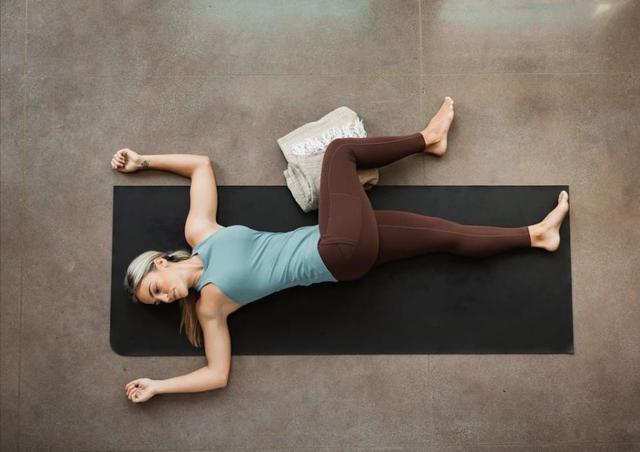
Yoga strap
Common uses: To wrap around limbs you cannot straighten, to increase resistance, and to help you "Pull" Or "Squeeze".
Yoga straps come in various lengths, with plastic buckles or metal d-rings. Metal d-rings are usually easier to tighten than plastic buckles and are more environmentally friendly.

Replacements: Bathrobe ties, belts, jump ropes, and belts can all be replaced.
Blankets
Common uses: Fold up to elevate the body (e.g. Hips or heels) for extra cushioning and support.
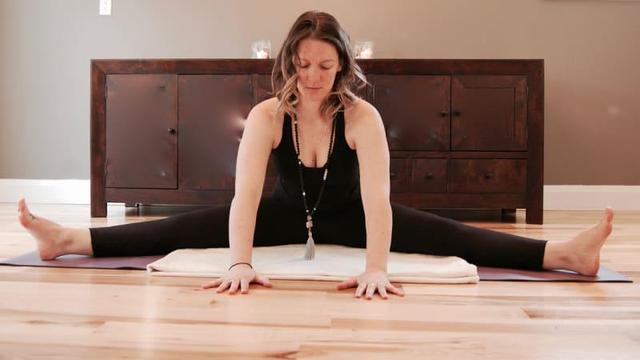
Blankets come in different sizes, materials and thicknesses. Professional yoga blankets are usually easy to fold to accommodate common yoga variations.
Replacements: Large towels or thin sleeping bags; rolled up yoga mats all work well in place of blankets.
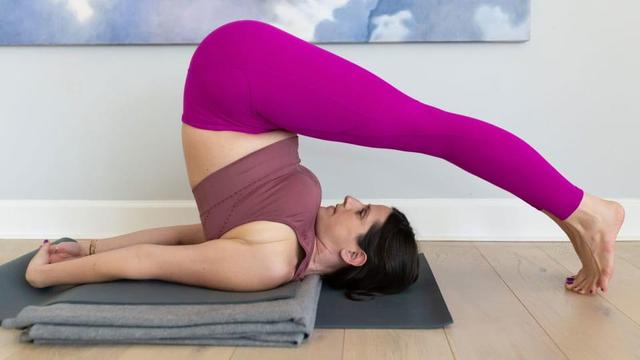
Pillow pad
Common uses: To fill space and add cushioning or support to hold your body up.
Pillow mats come in a variety of different shapes, sizes and heights.
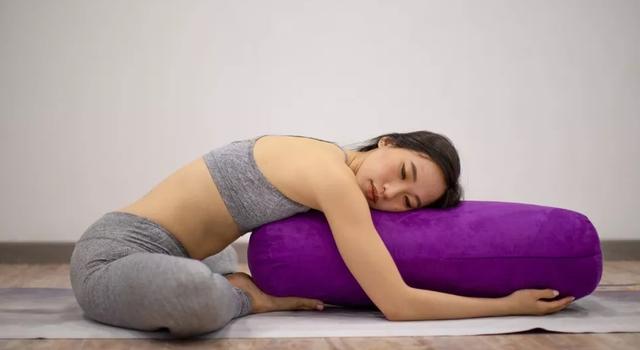
Replacement: Thick pillows or cushions, thick blankets can be replaced. You can also roll up several blankets and use yoga straps to secure them in place into pillow cushions.
Wall
Common uses: Stabilizes the body and keeps you steady in inversions.

Substitute: If you're outside, a tree can replace a wall!
Chairs
Common uses: Provide support or elevate your hands or feet, shift the symmetry of the pose to stretch and strengthen different muscle groups, act as a stabilizing platform.
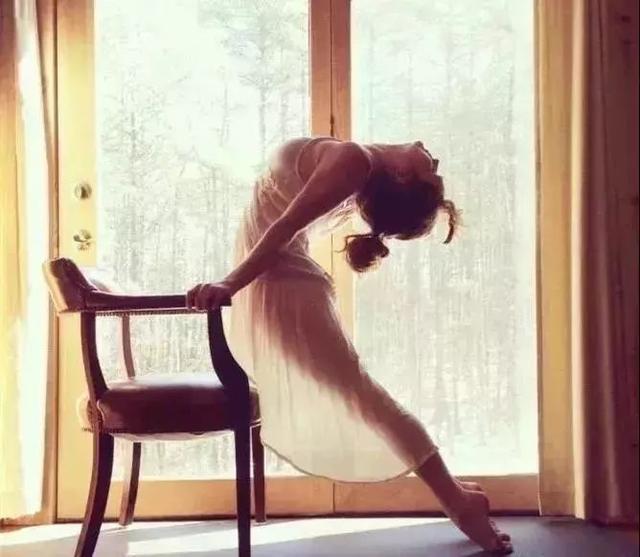
You can buy special yoga chairs, but of course a simple folding chair will do.
Replacement: Any sturdy chair will do. Depending on the variation of postures, you can also choose a sofa, coffee table, bed or other furniture.
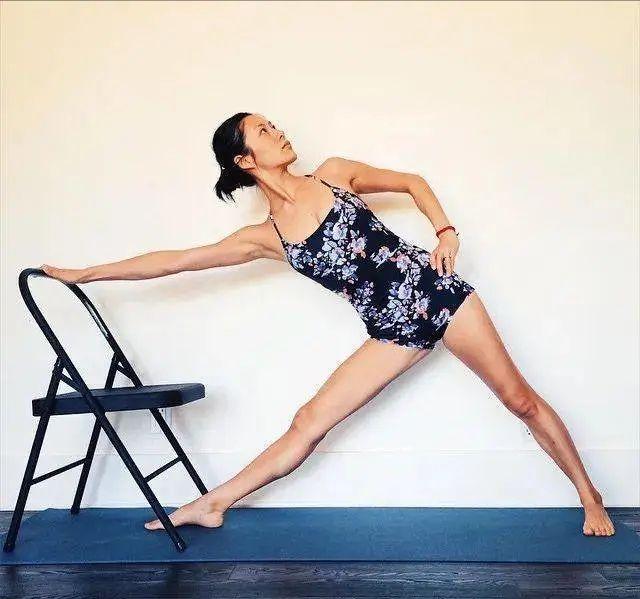
Rolled up yoga mat
Common uses: Place under the knees to support the body or press in to activate specific muscle groups, elevate the toes or heels to make the pose deeper or easier.
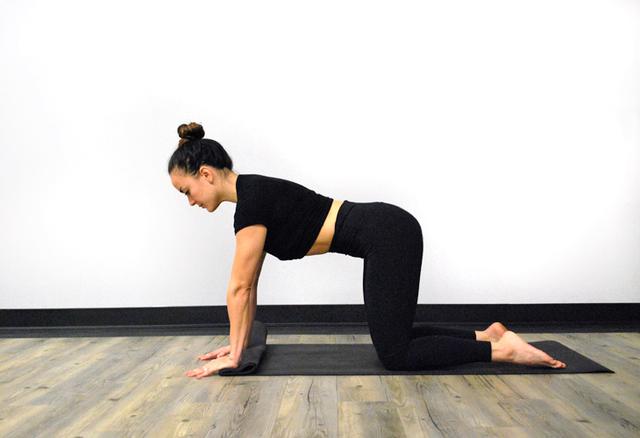
Substitutions: A rolled up blanket can be used in place of a rolled up mat.

